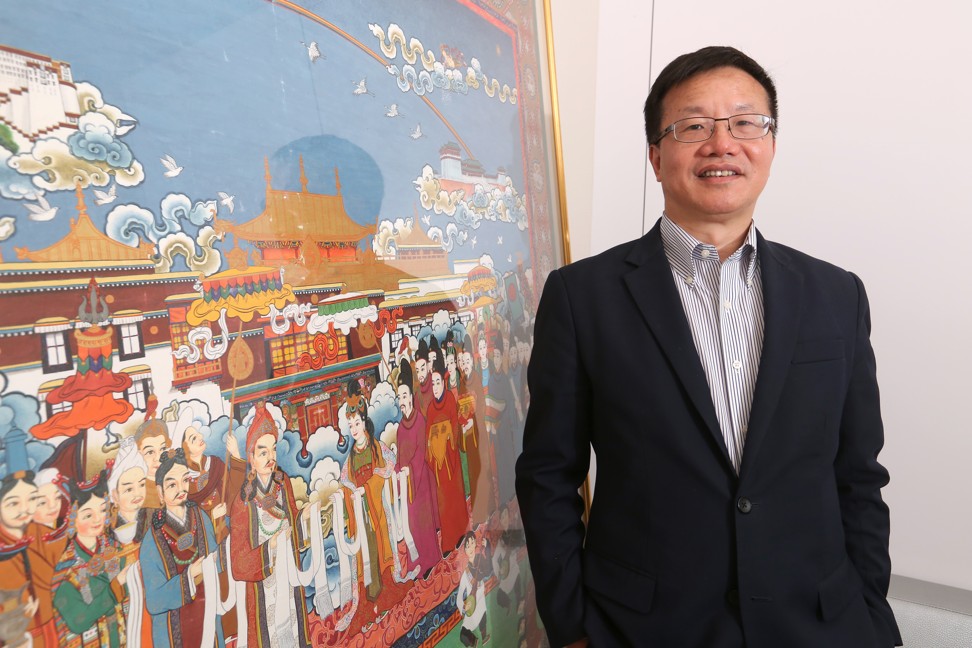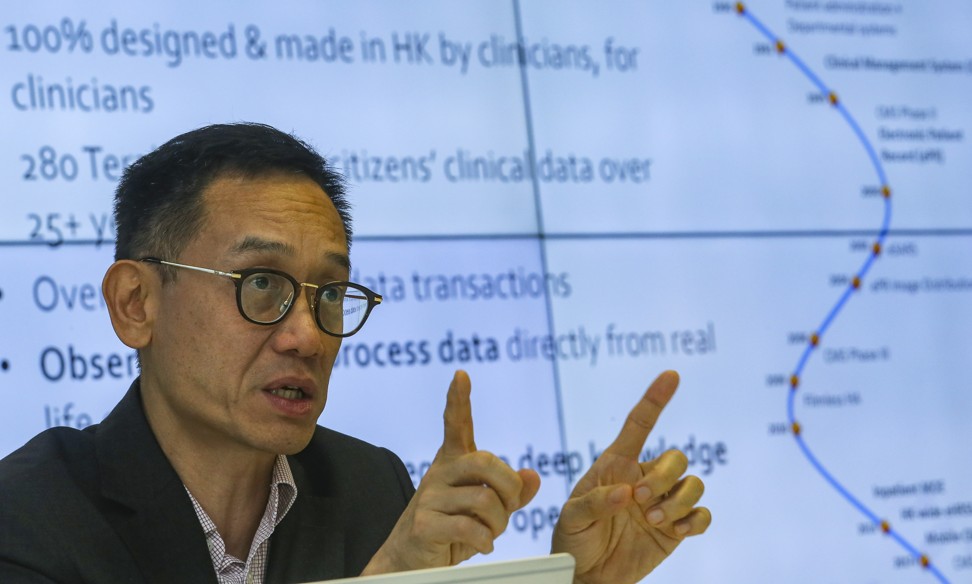
Big data enters the fray in the war against cancer as pharmaceutical laboratories combine drugs like cocktails to kill cancerous cells
- Drug cocktails are effective in suppressing HIV/Aids, and combination therapy is increasingly being applied to the battle front in the war on cancer
- Pharmaceutical companies are using big data analysis and machine learning to identify the most appropriate mix out of millions of possible drug combinations
Pharmaceutical researchers are using big data analysis and machine learning to help them find the most appropriate cocktail of drugs to fight cancer, as combination therapy – the use of two or more drugs to treat a disease – is increasingly being pursued in their quest to find a cure.
Unlike the cocktail used in fighting HIV/Aids, there are millions of possible drug combinations to consider for fighting different types of cancerous cells, so finding the right pair or trio is akin to finding needles in a haystack, according to Martin Culjat, senior vice-president, scientific & regulatory Affairs, at San Diego, California-based Dthera Sciences.
There are over 300 approved cancer drugs, with thousands in the approval pipeline, that can be combined to target some 4.5 million cancer-coding gene mutations that have been identified, he wrote in a curematch.com blog post.
To help drug developers find more promising targets, technology firms are using big-data and machine learning tools to narrow them down.
Infographics: Beijing is making big bets on biotechnology in its Made in China 2025 master plan
Engine Biosciences, a Singapore-based firm that helps clients discover drugs faster, is tapping the opportunities from unmet demand in diseases that are particularly prevalent in Asia, such as liver cancer, its chief executive Jeffrey Lu said during the China Healthcare Investment Conference last week.
The company mines patients’ data and shortlists the most prevalent gene mutations found in tumours and associated “druggable targets” for developers to conduct preclinical trial studies.
“Single agents, even immuno-oncology drugs, rarely cure patients,” said Carl Firth, chief executive of Singapore-based Aslan Pharmaceuticals. “To maximise the chance of success, you want to try to hit every axis at the same time, combining a drug targeting growth pathways [of cancerous cells] with a drug that can prime the immune system to help fight cancer.”
CK Hutchison Holdings’ Hutchison China Meditech unit, Hong Kong-listed Innovent Biologics, Shanghai Junshi Biosiences and Ascletis Pharma are among the companies that have announced deals to put their drugs together in studies to cure cancer.
“Combination therapy is the fastest growing segment within immunotherapy,” said Innovent’s chairman Michael Yu Dechao. “We have been preparing for a few years, so that six of the eight drugs on which we are doing preregistration trials can be used for combinations studies.”

Innovent will put its Sintilimab lymphoma drug together with Chi-Med’s colorectal cancer treatment Fruquintinib, to evaluate whether their combination can be more effective than existing therapy for solid tumours.
Chi-Med also agreed to test the combination of its Surufatinib neuroendocrine therapy with Junshi’s Toripalimab PD-1 inhibitor cancer drug, for shrinking solid tumours.
Initial trials are promising. Tumours shrank by at least 30 per cent after patients took Chi-Med’s Savolitinib drug with two other first and second-line drugs when those drugs lost their efficacy after 10 months as stand-alone treatments, according to the company’s trial data. The data showed that the combination therapy was effective in 30 per cent to half of 30 non-small cell lung cancer patients. Still, the patients reported relapses after 10 months on the therapy.

“The reason cancers progress, is not because cancer cells have found a way to bypass the [first or second-line drug] inhibitor, but because they have gone to an adjacent pathway,” said Chi-Med’s chief executive Christian Hogg. “Then it becomes [harder on the patient], because it is really difficult to tolerate these very powerful drugs.”
The key to combination therapies is that the drugs must each demonstrate low toxicity, Hogg said.
“If you do it cleanly, like a laser beam, then you have a chance to combine with other therapies,” he said. “If your product is like a shotgun that just blasts away, you could hit your target but also a lot of other things and cause a lot of toxicity.”

